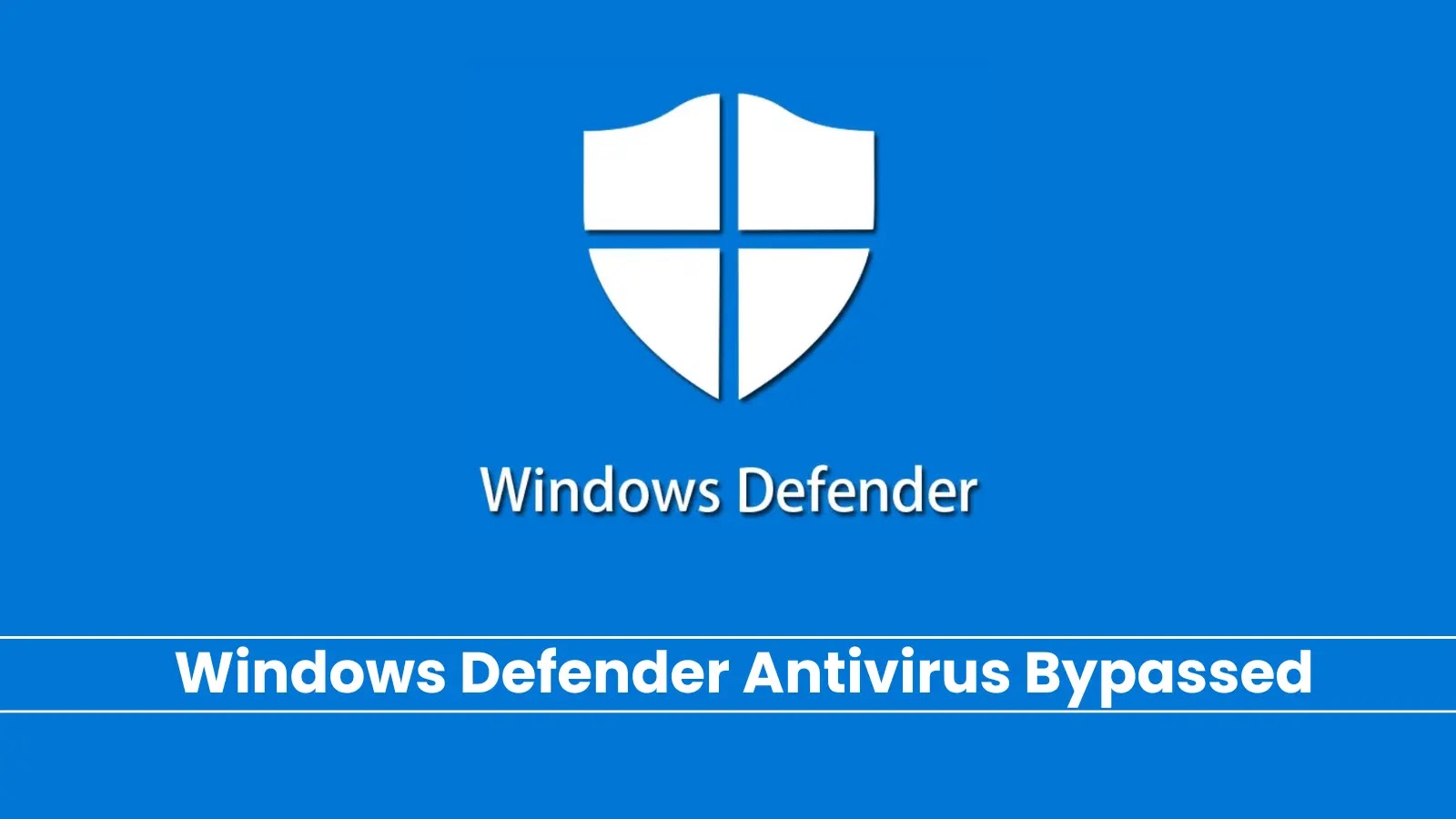Recent research has unveiled a sophisticated method that effectively bypasses Microsoft’s Windows Defender antivirus protection. This technique combines direct system calls (syscalls) with XOR encryption, exposing critical vulnerabilities in one of the most widely used security solutions integrated into Windows operating systems.
Understanding the Technique
The Windows operating system operates in two primary modes: user mode (Ring 3) and kernel mode (Ring 0). Typically, applications running in user mode interact with the system by calling Windows API functions through libraries such as `kernel32.dll`, which then forward these requests to `ntdll.dll`. Subsequently, `ntdll.dll` makes the actual system call to the kernel. This conventional execution flow allows security solutions like Windows Defender to monitor and intercept potentially malicious activities at the user mode level.
However, the newly discovered bypass technique circumvents this traditional path. By executing syscalls directly with the appropriate syscall numbers, attackers can avoid the standard Windows API functions and their associated security checks. This direct approach enables the execution of malicious code without triggering user mode defenses.
Implementation of Direct Syscalls
To implement direct syscalls, attackers can write assembly code that directly invokes the syscall instruction with the specific syscall number corresponding to the desired function. This method requires an in-depth understanding of the Windows operating system’s internals, including the syscall numbers for various functions, which can vary between different versions of Windows.
For example, to allocate virtual memory, an attacker might use the `NtAllocateVirtualMemory` syscall. By directly invoking this syscall, the attacker bypasses the standard API functions and any hooks placed by security solutions in user mode.
XOR Encryption for Obfuscation
To further evade detection, attackers employ XOR encryption to obfuscate their malicious payloads. XOR encryption is a simple yet effective method where each byte of the payload is XORed with a key, transforming the code into an unrecognizable form. This obfuscation makes it challenging for signature-based detection mechanisms to identify the payload as malicious.
When the payload is ready to execute, it is decrypted in memory, leaving no trace on the disk. This in-memory execution further complicates detection, as traditional antivirus solutions primarily focus on scanning files stored on disk.
Real-World Application and Testing
In practical testing, researchers created a Meterpreter reverse shell payload using the Metasploit Framework’s `msfvenom` tool. This payload was then encrypted using XOR encryption and executed using direct syscalls. The result was a complete bypass of the latest Windows Defender protections, with the malicious code running undetected.
Notably, this technique does not write any malicious artifacts to disk, further reducing the likelihood of detection. The researchers observed that this method has been viable since at least 2022, with various modifications, and continues to be effective against the latest Windows Defender updates as of 2025.
Industry Response and Recommendations
Microsoft has previously addressed similar bypass techniques, stating that they have limited practical applicability since they often require user interaction to execute. However, security experts argue that such techniques could be easily incorporated into broader attack chains, increasing their potential impact.
To mitigate the risks associated with these advanced bypass techniques, researchers recommend that Microsoft implement kernel-level monitoring of syscalls rather than relying solely on user-mode hooks. Kernel-level monitoring would provide a more robust defense against direct syscall attacks by allowing security solutions to observe and intercept malicious activities at a lower level of the operating system.
Organizations are also advised to deploy additional security layers beyond Windows Defender, particularly solutions that can monitor behavior at the kernel level. Implementing application whitelisting and restricting administrative privileges can further reduce the risk of such sophisticated bypass techniques.
Conclusion
The discovery of this bypass technique underscores the evolving nature of cybersecurity threats and the need for continuous advancements in defensive measures. By understanding and addressing these sophisticated methods, organizations can better protect their systems against emerging threats.



